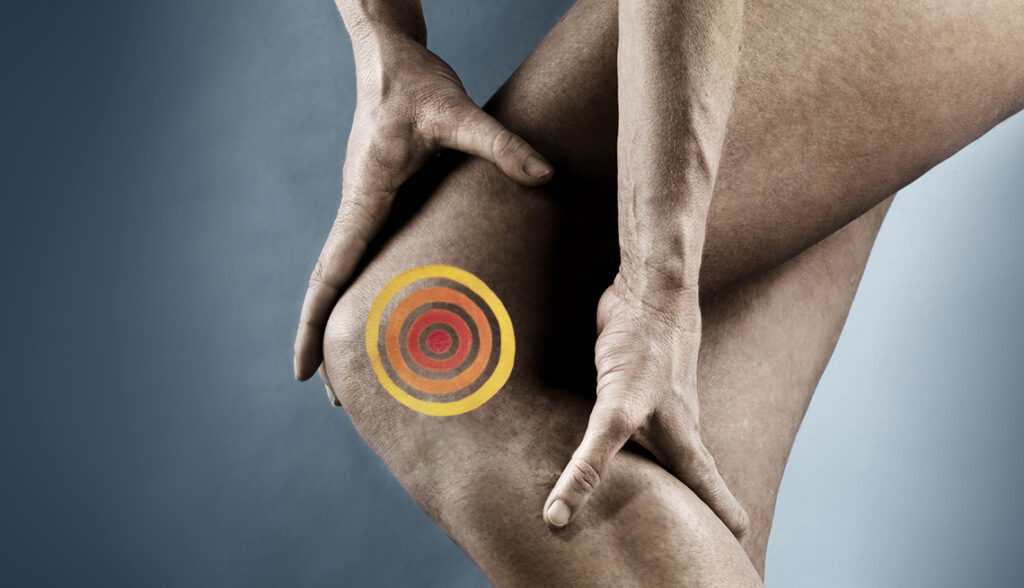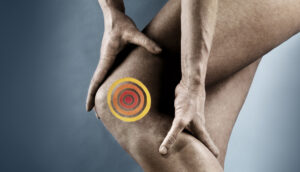
Man experiencing pain in his knee. Close-up shot. Photographed against light blue background.
Many individuals notice increased knee discomfort during the colder parts of the year. As temperatures fall, joints may begin to feel tighter, and muscles can become less flexible. For those with a history of joint sensitivity, these shifts may make them feel more restricted.
There are various reasons the knees may feel more sore or tense during seasonal changes. Consulting professionals, such as an orthopedic knee specialist at Texas Orthopaedic Associates, can offer personalized input based on individual mobility needs and medical history. Guidance from experienced sources can help support a tailored routine to navigate colder months better.
Movement Strategies for Daily Support
Staying mobile helps prevent joints from becoming stiff. Gentle activity, even indoors, may reduce the buildup of pressure around the knees. Regular motion also helps maintain balance and coordination, which may decline with inactivity. Avoiding prolonged periods of rest and opting for low-impact movements can reduce the risk of joint tension. To maintain steady movement without overexertion, individuals can explore options such as light stretches, brisk walking in warm settings, or resistance bands.
Importance of Warmth and Layering
Protecting the knees from low temperatures starts with adequate coverage. Soft knee sleeves, thermal leggings, or insulated garments support warmth retention around the joints. Keeping the body warm overall allows muscles and ligaments to stay more flexible throughout the day. Using heated blankets or placing a warm compress on the knees may also provide temporary comfort. Combined with movement and hydration, staying warm helps create a favorable environment for joint mobility.
Support Through Balanced Choices
Daily decisions about footwear, clothing, and posture can influence how knees respond to winter conditions. Cushion-soled shoes and proper alignment when sitting or standing can promote better leg support and minimize excess strain. Attention to daily routines is just as valuable as medical advice. Light activity after waking up or before going to bed, avoiding sitting cross-legged for long periods, and using ergonomic furniture are just a few ways to encourage joint comfort throughout colder seasons.
Diet and Hydration During Cold Months
Even during winter, the body needs sufficient hydration to keep tissues and joints functioning well. A drop in fluid intake can make cartilage feel more brittle and less adaptable during motion. Water-rich foods or warm, non-caffeinated drinks can support daily fluid goals. Nutrient-rich meals, particularly those containing magnesium and omega-3s, may support joint structure and tissue flexibility. A balanced intake of fruits, leafy greens, whole grains, and protein can promote general wellness while maintaining joint readiness for movement.
Benefits of Gentle Routines and Smart Habits
Low-impact routines are often enough to maintain flexibility and joint motion. Activities such as stretching, light bodyweight movements, or guided floor exercises require minimal equipment and can fit easily into the day. In addition to these routines, a few simple adjustments can make daily environments more knee-friendly:
- Use a warm towel on your knees before starting any movement
- Keep indoor walking paths clear and safe
- Set reminders for short breaks and brief movement
- Choose firm seating that supports the legs evenly
- Allow time for gradual transitions between sitting and standing
Guidance for Managing Knee Comfort
Having access to clear and practical advice can support managing knee discomfort during colder months. Information focused on gentle movement, warmth, and daily care helps create a balanced approach without overwhelming details. Combining this guidance with personal routines may contribute to maintaining comfort and mobility throughout the season.
Knee sensitivity during colder months doesn’t need to disrupt daily life. Developing simple, steady habits can support physical comfort in a practical, manageable way. For long-term support, consulting a professional such as an orthopedic knee specialist at Texas Orthopaedic Associates may be a helpful step in building a plan that fits specific needs. Consistent care, combined with mindful choices, can make a noticeable difference throughout the season.








